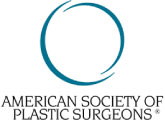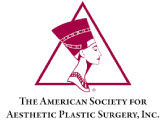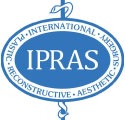Certain types of cancers can be treated very successfully with a CO2 laser. As well as removing the cancer, the laser also has the added advantage of making the skin look younger.

How can it help?
A Carbon Dioxide or CO2 Laser is a “fractionated” laser, which means a single wavelength of light frequency is used, providing greater precision than is possible with a surgical scalpel. Lasers are able to remove certain cancers with minimal scarring, which is obviously welcome particularly in sensitive areas like the lips, nose and face.
The CO2 Laser is also used for facial rejuvenation, to remove general sun damage, age spots and fine lines. By removing unwanted pigmentation and stimulating collagen formation, the treatment will have the welcome side effect of making your skin firmer and fresher looking.

Consultation
During the initial consultation Dr. Arianayagam will carefully and thoroughly examine your skin. We recommend a total body check to ensure that no skin cancers or pre-cancerous spots or lesions remain undetected. If you prefer, Dr. Arianayagam can examine only those spots or lesions that you are particularly concerned about.
He will also ask you a variety of questions about your current health situation, medications, allergies and any past medical treatments, before discussing the options available and his recommendations.

Procedure
CO2 Laser treatments are performed at the Scarba Street Clinic. Depending on the area covered the treatment can last anywhere from 30 minutes to 2 hours. You will be able to go home soon after your treatment.
Usually only one treatment is required.

Recovery
After treatment you should expect your skin to be red and there may also be some swelling. Some people experience stinging or itching, which subsides after 12-72 hours. After 5-7 days the treated area of skin will dry and peel.
While your skin is healing you will be asked to apply an ointment to the treated area to keep it moist, and to avoid all sun exposure. The downtime will depend upon the depth and breadth of the treatment. Dr. Arianayagam will discuss this during your consultation and at the time of treatment.
Your skin may be temporarily lighter after treatment as a new layer of skin is exposed. It is critical to keep the skin well moisturised and use a broad spectrum sunscreen to protect the new skin.
Frequently Asked Questions
The CO2 laser cannot be used on all types of cancers. However, it does have a very high cure rate for the following cancers:
- Superficial Basal Cell Carcinomas (BCCs)
- Squamous Cell Carcinoma (SCC) in situ
- Bowen’s Disease
- Leukoplakia (sun damage to the lips)
- Non-cancerous and pre-cancerous spots and lesions
All of these conditions tend to be limited to the upper layer of the skin, known as the epidermis, and are very responsive to laser treatment.
For more invasive BCC’s and SCC’s and for melanomas laser treatment is not appropriate.
The main side effects are skin redness, mild, temporary swelling and crusting.






